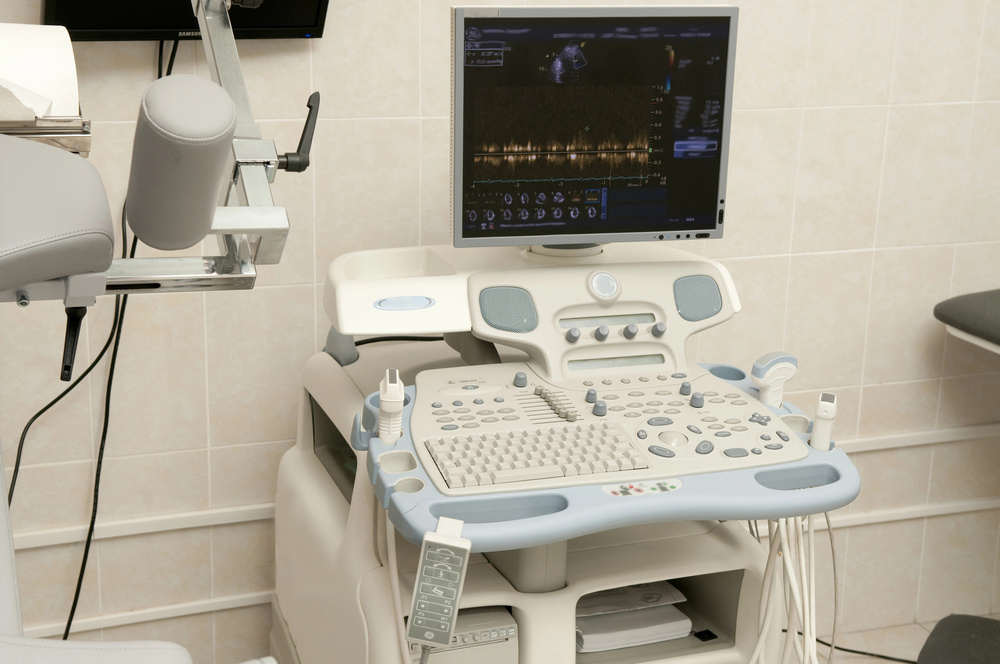
The Basics of Ultrasound Tech Training
With the advent of technology, accurate diagnostics have become central to the practice of modern medicine. One such diagnostic modality that aids in clear and rapid diagnosis is the ultrasound. To leverage this technology optimally, diagnostic competency is critical. Therefore, ultrasound tech training becomes the foundation for molding skilled and qualified sonographers who can support medical staff in delivering quality care through reliable medical imaging.
In this article, we address the specific concerns shared by obstetrics and gynecology (OB-GYN) doctors, practice managers, and hospital admins regarding the pivotal role of well-trained sonographers and the importance of specialized training in shaping the future of ultrasound diagnostics.
What Are Ultrasound Tech Training Programs?
In the U.S., aspiring sonographers can take many diverse pathways to achieve their goal. These include:
- Degree programs such as associate's or bachelor's degrees in diagnostic medical sonography
- Certificate programs provided by vocational schools or community colleges
- On-the-job training facilitated by healthcare institutions
The duration of ultrasound tech training can vary based on the type of program you opt for and the curriculum of the institution offering the course. On average, certificate programs are shorter, whereas degree programs are much longer. The course length can be further impacted by factors like specific clinical requirements, the structure of the program, and the student's pace of learning (full-time or part-time).
The coursework in ultrasound tech education covers many subjects like anatomy, physiology, ultrasound physics, patient care techniques, and image interpretation skills. These course components are designed in such a way as to ensure that sonographers are equipped with the knowledge and practical skills necessary to perform accurate and comprehensive diagnostic ultrasound examinations.
Ultrasound Tech Education and Training Requirements
Ultrasound tech training requirements in the U.S. can be assessed according to the following categories.
Educational Background
Most ultrasound tech training programs require candidates to have a high school diploma or equivalent as a minimum educational requirement. However, some programs may have additional prerequisites such as credentials in math, biology, anatomy, or physics.
Certification and Licensure
Certification through reputable organizations like the American Registry for Diagnostic Medical Sonography (ARDMS) or the American Registry of Radiologic Technologists is highly recommended and often required by employers. The ARDMS offers certification exams for various specialties within ultrasound technology, including abdominal, OB-GYN, and vascular ultrasound. State licensure requirements for ultrasound technologists usually vary by state, with some states mandating licensure for practice.
Clinical Experience
Hands-on clinical experience is a key facet of ultrasound tech training programs. Accredited programs typically include clinical internships or externships where students gain practical experience under supervision in healthcare settings.
Clinical experience helps students apply theoretical knowledge, develop technical skills, and gain confidence in performing ultrasound examinations.
How Long is Ultrasound Tech Training?
The duration of ultrasound tech training is dependent on two main aspects.
Formal Education Period
Formal ultrasound tech training programs can vary significantly in length based on a multitude of factors and the type of qualification you aim to achieve. For example, bachelor's degree programs take the longest and usually require a minimum of four years to complete.
Next come associate's degree programs that typically take around two years to finish. The fastest to complete are certificate programs offered by vocational schools or community colleges, which can typically be completed in 12 to 24 months.
On-the-Job Training:
On-the-job training for ultrasound technologists is a great option for those who prefer hands-on learning and practical experience over formal education or classroom settings.
Some healthcare institutions offer such training programs, but the duration can vary widely depending on the institution and the individual's progress in acquiring the necessary skills and competencies.
Essential Skills and Competencies for Ultrasound Sonographers
Textbook learning isn't enough to become a competent sonographer. Next, let's discuss some of the key skills all good ultrasound sonographers must possess.
Technical Proficiency
In addition to theoretical knowledge, students must master ultrasound equipment operation and image acquisition techniques like adjusting equipment settings, optimizing image quality, and capturing diagnostic images accurately.
Keeping up with one's training and staying updated on advancements in ultrasound technology is also crucial for maintaining technical proficiency.
Communication and Collaboration
Becoming a sonographer involves collaborating closely with physicians, radiologists, and other healthcare professionals. Therefore, clear and concise communication is critical to ensure accurate diagnosis and patient care. Additionally, effective communication skills are needed to interact with patients, explain procedures, and obtain relevant medical history. Sonographers need to build a good rapport with patients and create a comfortable environment during ultrasound examinations to give them a quality healthcare experience.
Critical Thinking and Problem Solving
Ultrasound sonographers need strong critical thinking skills to analyze ultrasound images, identify abnormalities or pathologies, and make diagnostic interpretations. They also need to be able to troubleshoot technical issues with ultrasound equipment and adapt to challenging imaging scenarios.
To ensure consistently optimal patient outcomes, students should participate in continuous professional development and training programs that can enhance their diagnostic analysis abilities and problem-solving skills.
How to Improve Your Ultrasound Tech Training Program
Here are some key strategies to ensure that your students receive comprehensive, high-quality education and become competent and proficient sonographers for the healthcare industry.
Continuous Curriculum Evaluation
Regularly review and update the curriculum to reflect advancements in ultrasound technology, changes in clinical guidelines, and emerging trends. Incorporate new techniques, protocols, and equipment to ensure students receive relevant and up-to-date training.
Enhanced Clinical Experiences
Expand and diversify clinical rotations to expose students to different patient populations and healthcare settings. Provide opportunities for hands-on practice and exposure to varied ultrasound specialties.
Interdisciplinary Training
Offer training experiences where students collaborate with professionals from other healthcare disciplines. This fosters effective communication, teamwork, and understanding of each role within the healthcare team.
Professional Development Opportunities
Provide continuing education programs, workshops, and seminars to support ongoing learning and skill development for practicing sonographers. Encourage participation in conferences, webinars, and certification courses to stay abreast of industry advancements.
Feedback Mechanisms
Implement structured feedback mechanisms, including student evaluations, preceptor assessments, and program evaluations. Gather input from students, instructors, and clinical preceptors to identify strengths, areas for improvement, and opportunities for program enhancement.
Related Content: How to Evaluate an Ultrasound Staffing Agency
Conclusion
The medical community must prioritize highly skilled and qualified sonographers by investing in ultrasound tech training to ensure proficiency and effective collaboration within healthcare teams. Proactive research and collaboration with training providers can help identify the best staffing solutions. By emphasizing these considerations, healthcare facilities can enhance their ultrasound services, ultimately improving patient outcomes and overall healthcare delivery.

.png)

